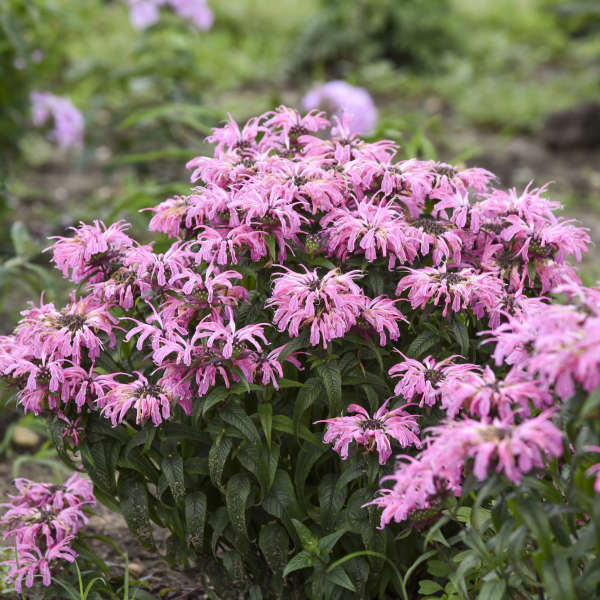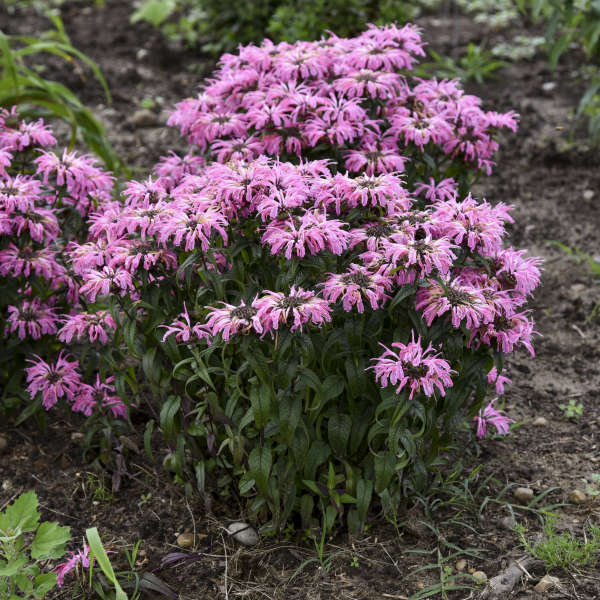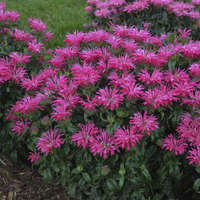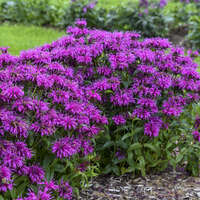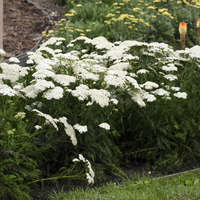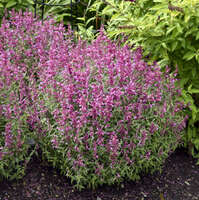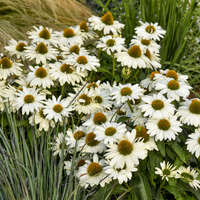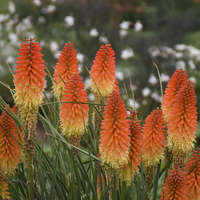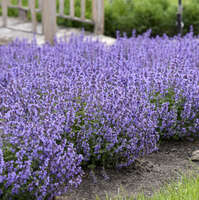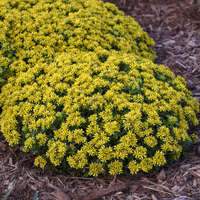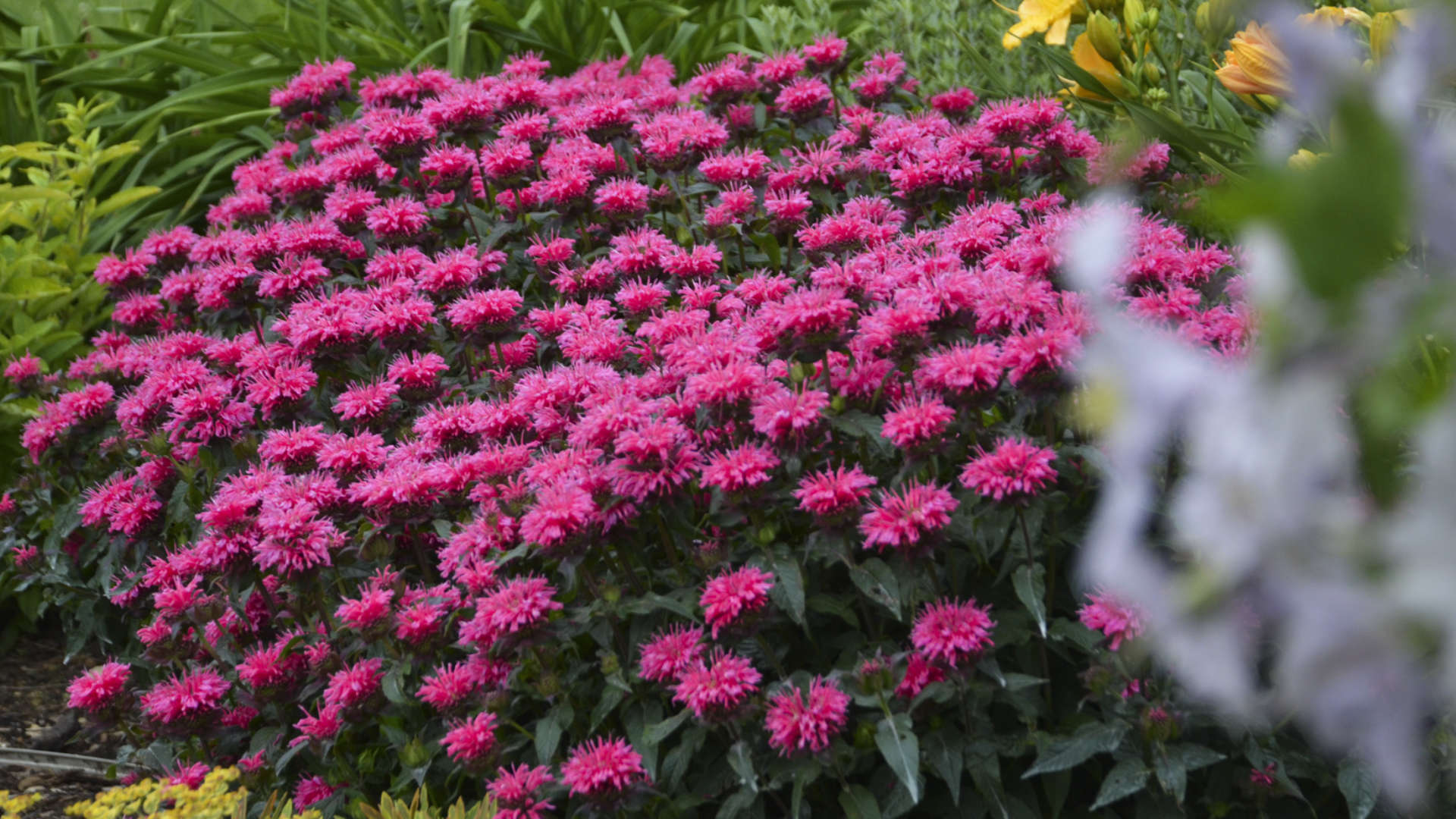Monarda 'Electric Neon Coral' PP33110
Electric Neon Series

Common Name: Bee Balm
Joining the popular 'Electric Neon Pink', this new variety is a softer shade of pink than the original. Huge 3" light coral pink flowers are produced above very dark green foliage. Excellent resistance to common foliar diseases such as powdery mildew.
Monarda is native to eastern North America, so it is easy to grow and it multiplies quickly. The flowers' sweet nectar attracts scores of hummingbirds, butterflies, and bees to the garden. The aromatic foliage smells like mint when crushed and is often used to flavor teas.
